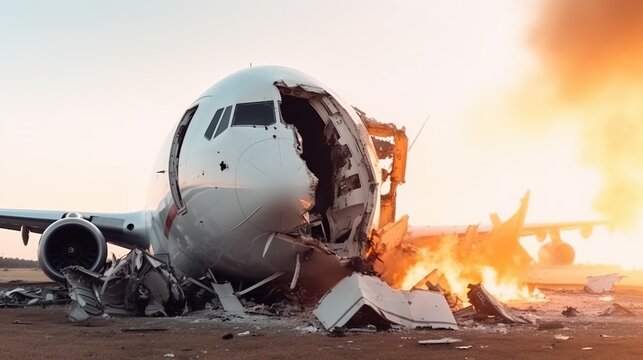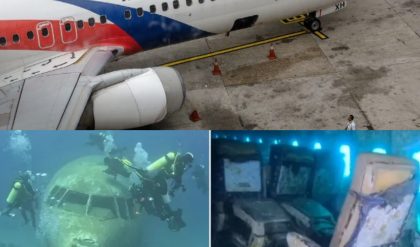The crash of EgyptAir Flight 990 on October 31, 1999, remains one of aviation’s most mysterious and controversial disasters. The Boeing 767-366ER, en route from Los Angeles to Cairo with a stopover in New York, plunged into the Atlantic Ocean off the coast of Nantucket, Massachusetts, killing all 217 people on board. The ensuing investigation has led to conflicting theories and considerable debate about the true cause of the crash.
The Final Flight

EgyptAir Flight 990 departed John F. Kennedy International Airport in New York at around 1:20 AM, bound for Cairo. Approximately 30 minutes into the flight, as the aircraft was cruising at an altitude of 33,000 feet, it began a rapid and uncontrolled descent. Despite attempts to regain control, the aircraft crashed into the Atlantic Ocean at high speed.
Initial Investigation
The investigation into the crash was led by the National Transportation Safety Board (NTSB) with assistance from the Egyptian Civil Aviation Authority (ECAA). Early recovery efforts focused on locating the flight data recorder (FDR) and cockpit voice recorder (CVR), both of which were crucial for understanding the sequence of events leading to the crash.

Conflicting Theories
The analysis of the FDR and CVR revealed troubling and perplexing findings, leading to two primary theories about the cause of the crash:
-
The NTSB’s Findings:
- The NTSB’s investigation concluded that the crash was likely the result of deliberate actions by the relief first officer, Gameel Al-Batouti. According to the CVR transcript, Al-Batouti was alone in the cockpit when he repeated the phrase “Tawkalt ala Allah” (“I rely on God”) and disengaged the autopilot, causing the aircraft to descend rapidly. The NTSB suggested that Al-Batouti’s actions were intentional, possibly motivated by personal reasons.
-
Egyptian Authorities’ Counter-Theory:
- The Egyptian government and EgyptAir strongly disputed the NTSB’s conclusions, arguing that the crash was more likely caused by mechanical failure rather than deliberate action. They proposed that a failure in the aircraft’s elevator control system could have led to the uncontrollable descent. The Egyptians also pointed out potential biases in the investigation and emphasized Al-Batouti’s reputation as an experienced and respected pilot.
Technical Considerations

The Boeing 767’s design and mechanical reliability were scrutinized during the investigation. The aircraft type had a strong safety record, and extensive tests on similar systems did not indicate any inherent mechanical issues that could explain the rapid descent.
Human Factors
The human factors analysis played a significant role in the investigation. The NTSB focused on Al-Batouti’s behavior and psychological state, citing stress or possible grievances. However, the Egyptian authorities highlighted the lack of definitive evidence to support the claim of a deliberate act, emphasizing cultural misunderstandings and differences in interpretation.
Conclusion
The mystery of EgyptAir Flight 990 remains unresolved, with the official cause of the crash differing depending on the investigative body. The NTSB stands by its conclusion of a deliberate act by the relief first officer, while the Egyptian authorities maintain that mechanical failure was the more plausible explanation.
Legacy and Lessons
The EgyptAir Flight 990 disaster underscores the complexities of aviation investigations, particularly when cultural, technical, and psychological factors intersect. It highlights the importance of comprehensive and unbiased investigations to uncover the truth behind aviation tragedies. As the aviation industry continues to advance, the lessons learned from such incidents contribute to enhancing safety protocols and preventing future disasters.
Ultimately, the crash of Flight 990 remains a poignant reminder of the fragile interplay between human factors and mechanical systems in aviation, and the enduring quest for clarity in the face of profound tragedy.





